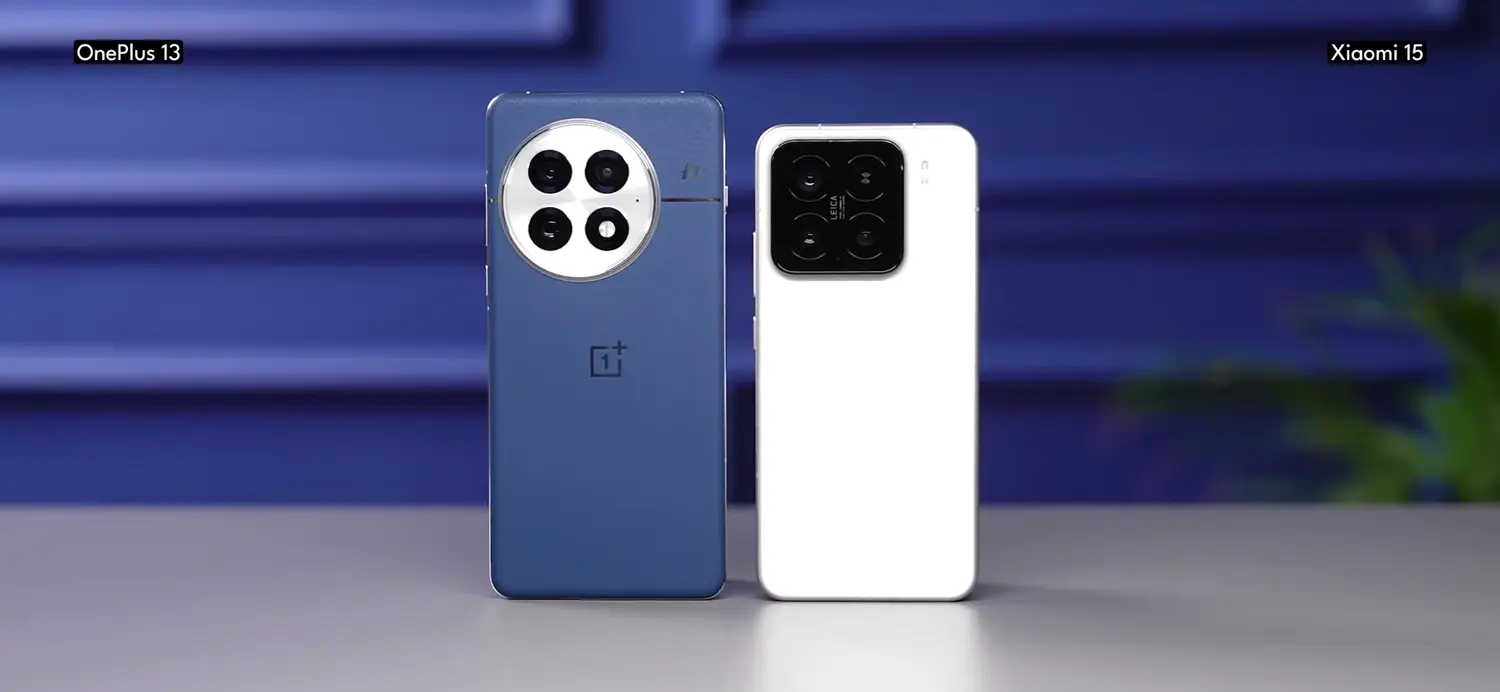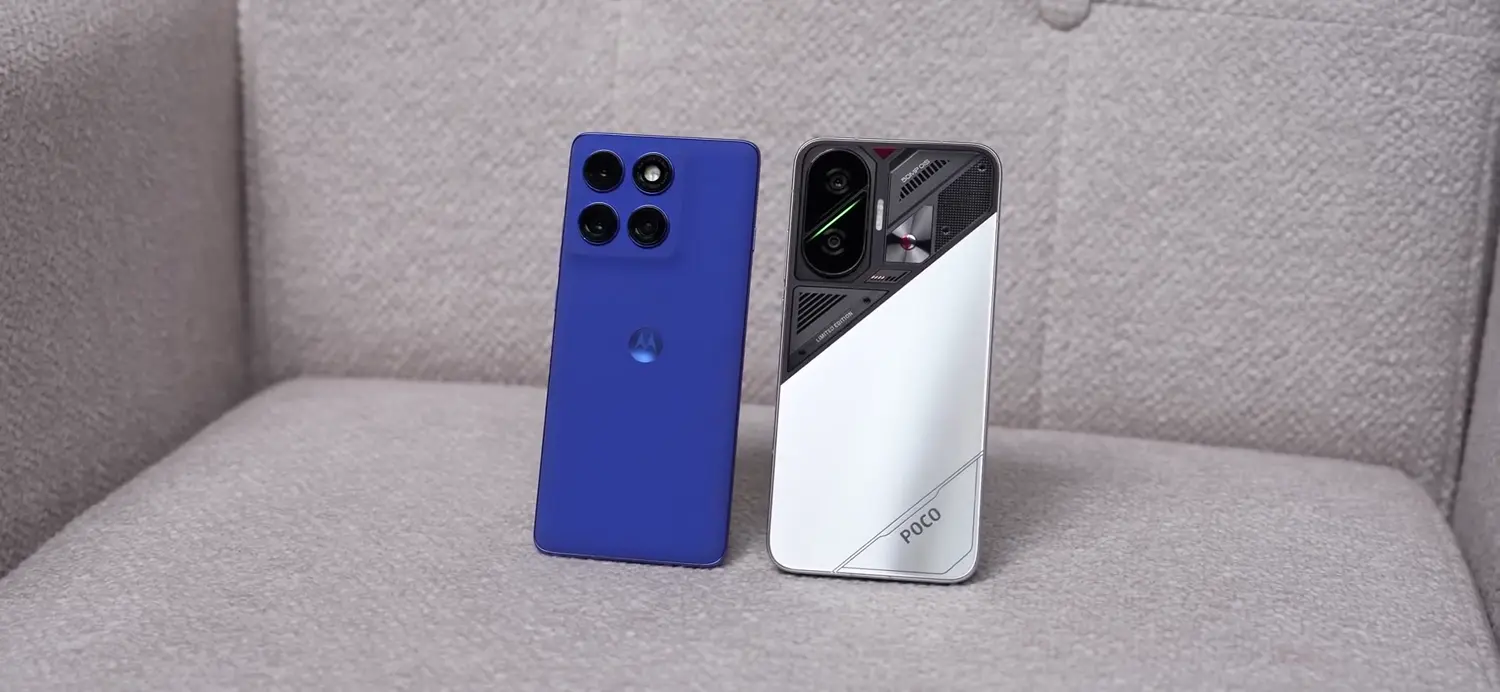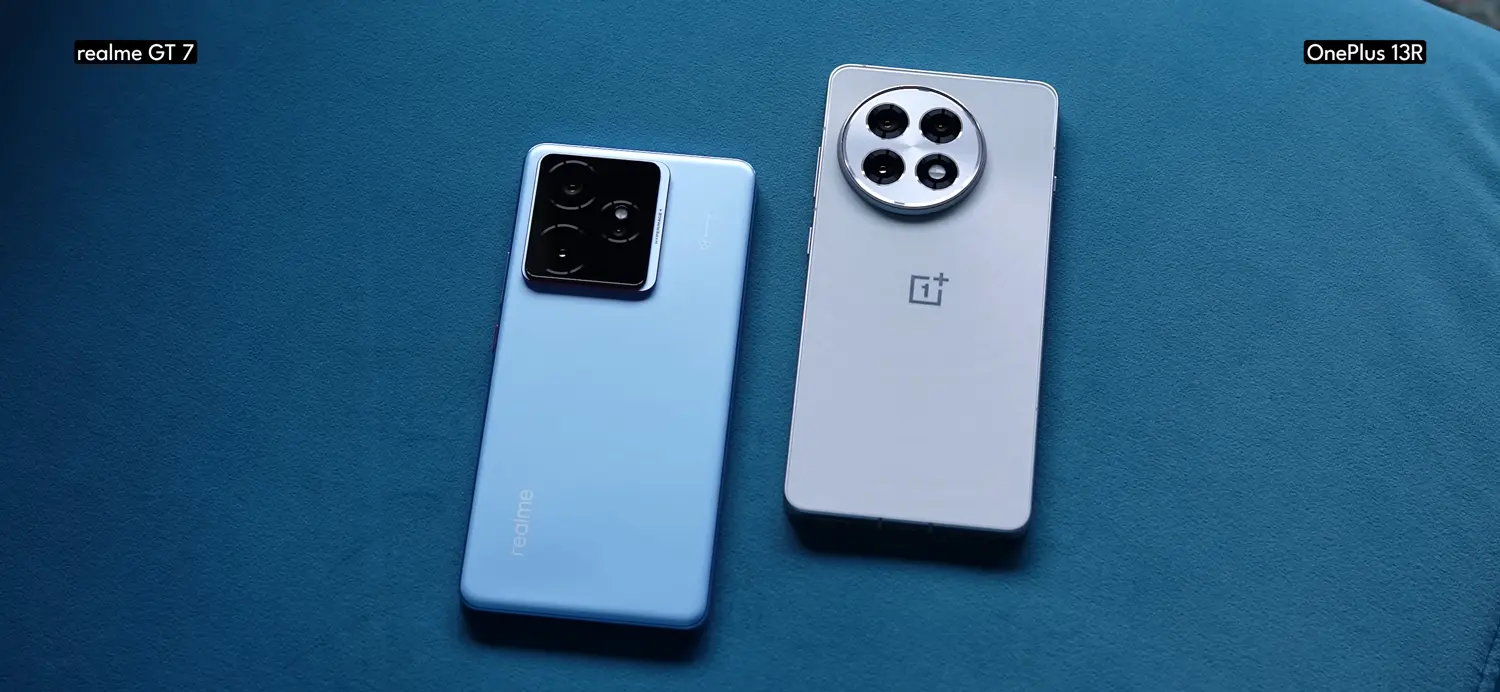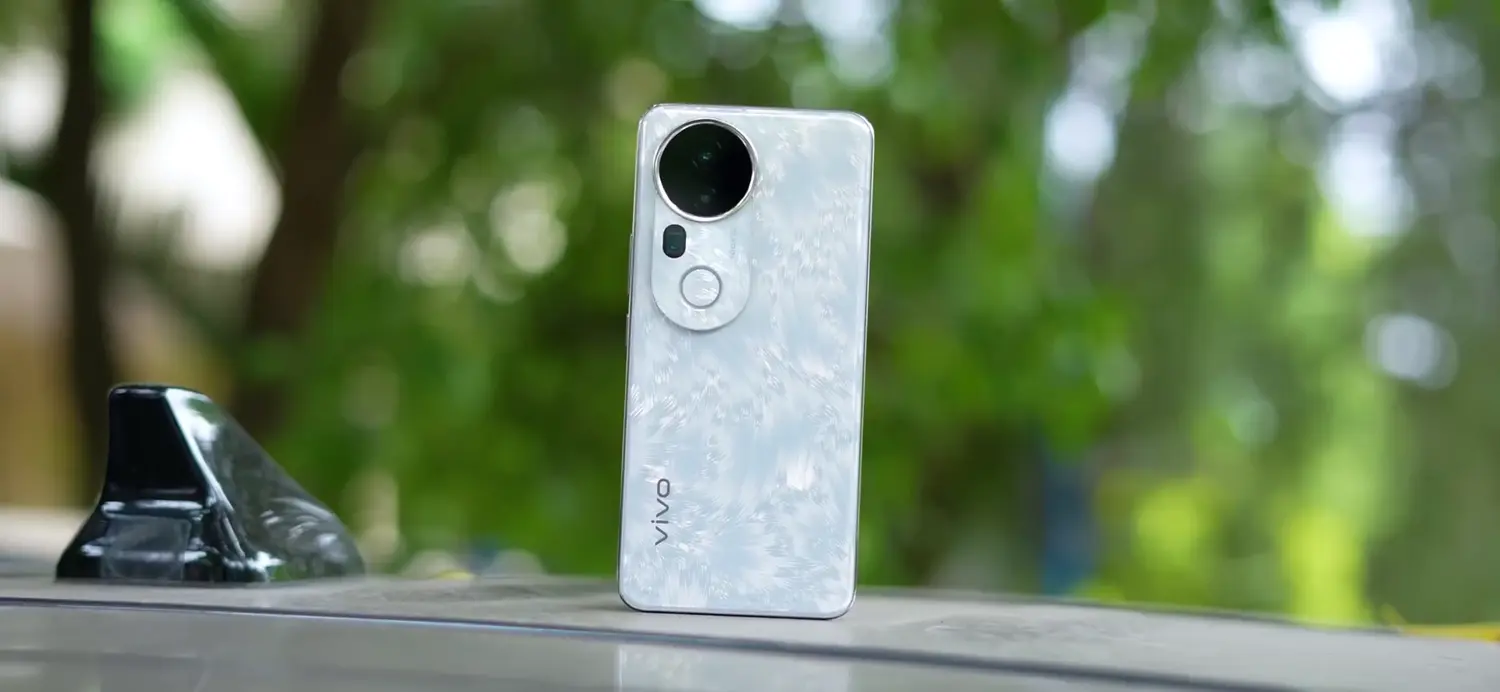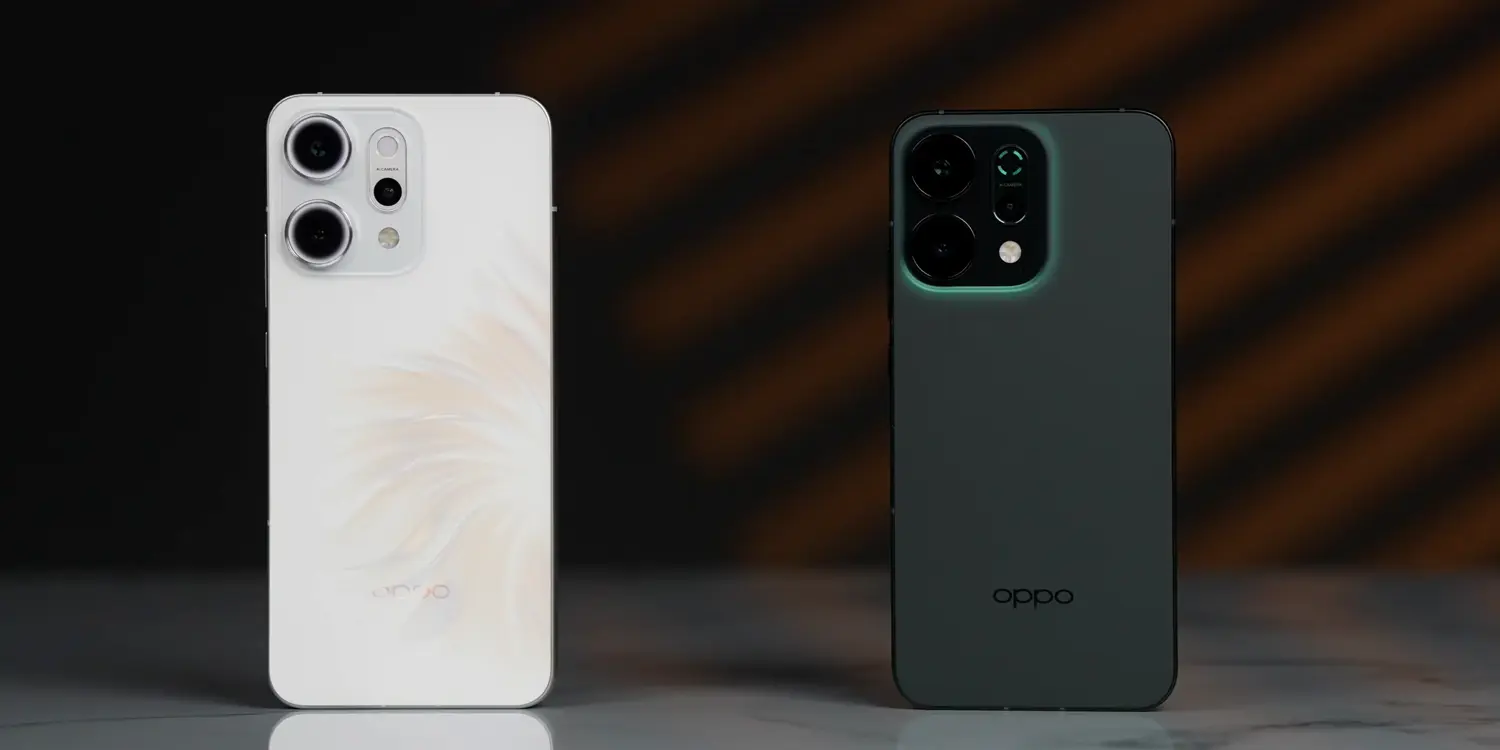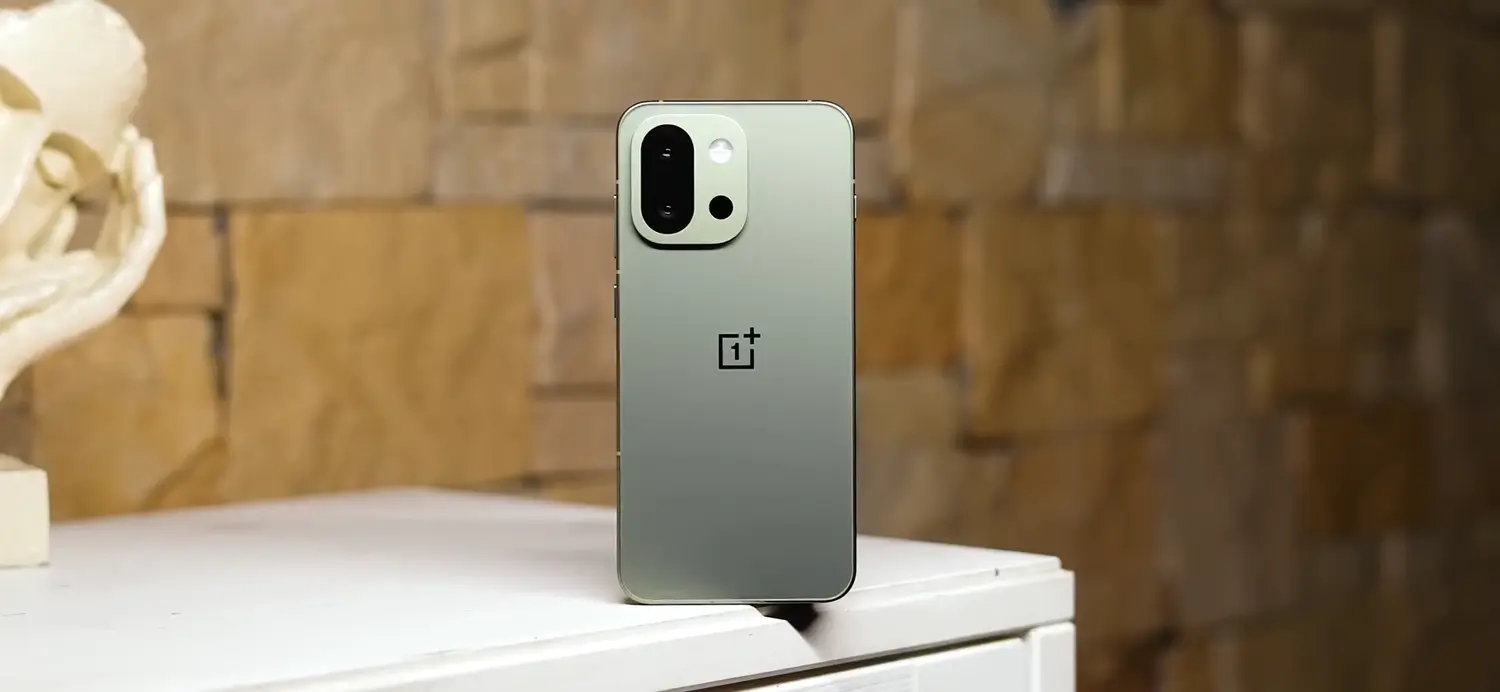The smartphone market in 2025 is buzzing with exciting options, and two devices stealing the spotlight are the Xiaomi 15 and the OnePlus 13. The Xiaomi 15 surprised everyone with a launch price lower than its predecessor, the Xiaomi 14, while packing notable upgrades in performance, battery life, and cameras. On the other hand, the OnePlus 13 stands tall as a large, value-for-money flagship with top-tier specs. If you’re torn between these two—wondering whether to go for the compact powerhouse or the bigger beast—this article is for you. We’ll break down their design, display, performance, cameras, battery, software, and more in a simple, easy-to-understand way to help you decide which one is worth your money. Let’s dive in!
Design and Build: Compact vs. Large
Xiaomi 15: Small but Premium
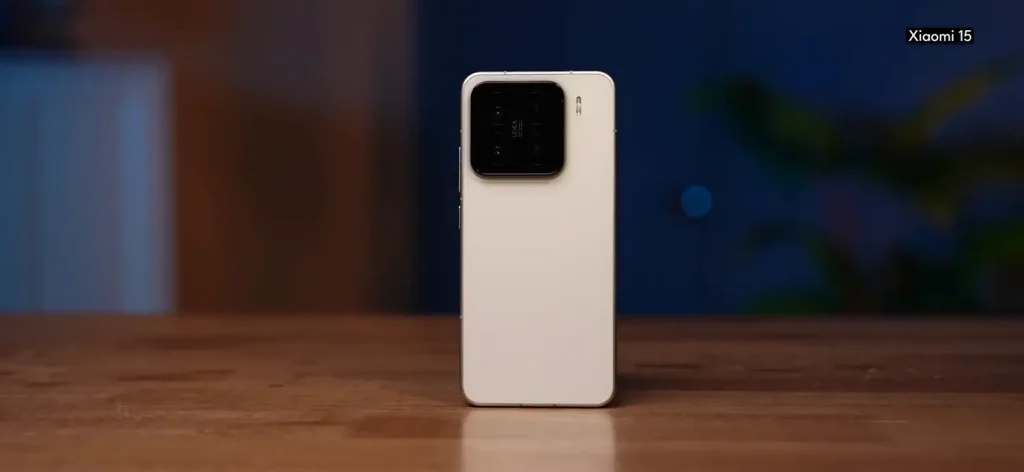
The Xiaomi 15 is a compact phone that feels like a breath of fresh air in a world of giant smartphones. With a 6.36-inch display, it’s easy to hold and use with one hand, weighing just around 185 grams. The design isn’t drastically different from the Xiaomi 14, but it has a matte frosted glass back instead of a glossy finish, which looks elegant and resists fingerprints. The matte aluminum sides add a premium touch, and the white color option is particularly striking. There’s also a limited-edition titanium silver variant, but sadly, it’s not available in India.
The Xiaomi 15 has an IP68 rating for water and dust resistance, which is great for everyday durability. It uses Xiaomi Shield Glass 2.0 for added protection against scratches and drops. However, it lacks an alert slider, a feature OnePlus fans love.
OnePlus 13: Big and Bold
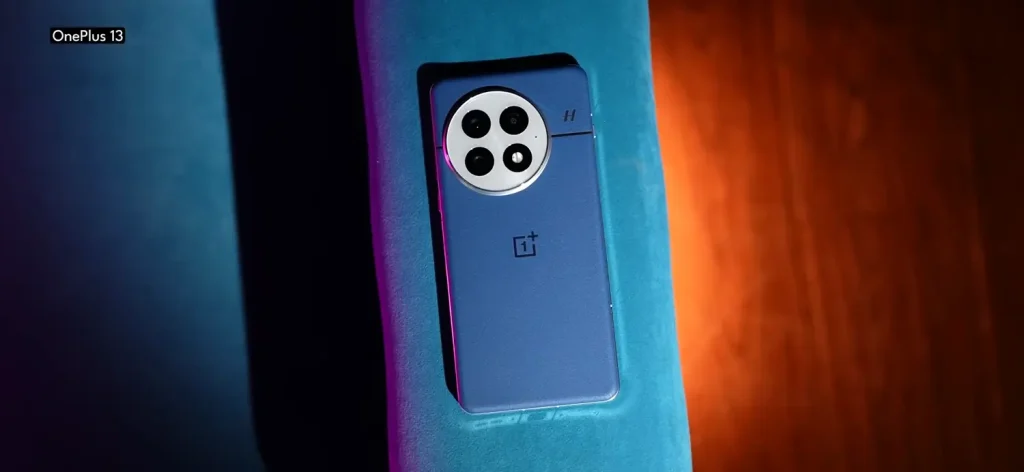
The OnePlus 13, with its larger 6.82-inch display, is noticeably bigger and slightly heavier than the Xiaomi 15. Despite its size, it’s slim at around 8.15mm thick, making it comfortable to hold. You get two back options: a vegan leather finish for a unique, grippy texture or a glass back for a more traditional flagship look. The vegan leather option, in particular, stands out for its premium feel.
OnePlus takes durability a step further with an IP69 rating, offering better protection against high-pressure water and dust compared to the Xiaomi 15’s IP68. It also uses Ceramic Guard glass for added toughness. The iconic alert slider is present, but OnePlus has hinted at replacing it with a new action button in future models, which might disappoint some fans. What do you think about this change? Would you miss the alert slider?
Which One Feels Better?
If you prefer compact phones that are easy to carry and use, the Xiaomi 15 is the clear winner. Its smaller size and lighter weight make it ideal for one-handed use. However, if you enjoy larger phones for media consumption or gaming, the OnePlus 13’s bigger form factor and vegan leather option might appeal to you more. Both phones feel premium, but the Xiaomi 15 has a slight edge in portability.
Display: Quality Over Size
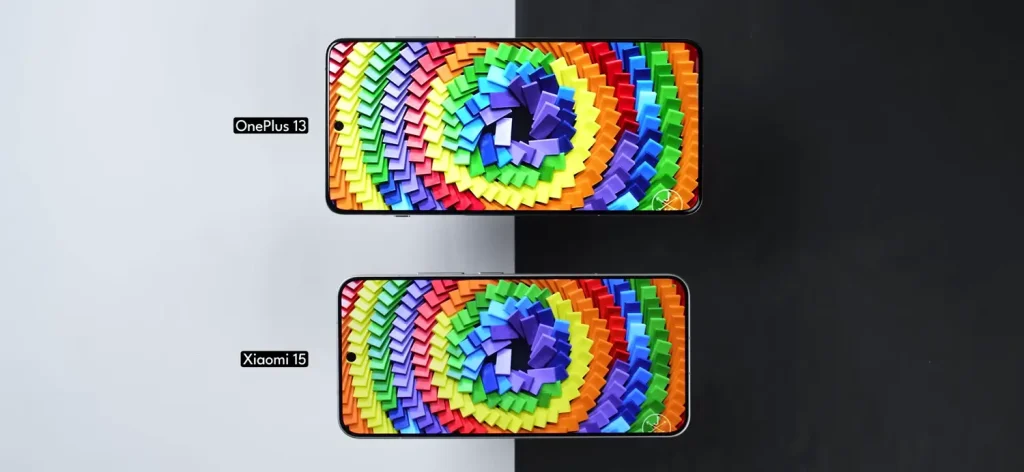
Xiaomi 15: Compact but Vibrant
The Xiaomi 15 sports a 6.36-inch AMOLED display with a 1.5K resolution and a 120Hz refresh rate. It’s a 12-bit panel, which means it supports a wider color gamut compared to the OnePlus 13’s 10-bit panel. The display is bright, reaching up to 3,200 nits in HDR scenarios, and offers excellent color accuracy, especially in the Original ProColor mode. Dolby Vision support enhances the experience when streaming content on platforms like Netflix, where skin tones and colors look more natural compared to the OnePlus 13.

OnePlus 13: Large and Bright
The OnePlus 13 features a 6.82-inch AMOLED display with a micro-quad-curved design, giving it a premium look with slim bezels. It also has a 120Hz refresh rate and supports Dolby Vision, but its peak brightness is higher at 4,500 nits in HDR mode. However, in real-world HDR video playback, the Xiaomi 15 surprisingly appears brighter. In daily use, the OnePlus 13’s high brightness mode (HBM) makes it slightly better for outdoor visibility.
Display Verdict
The Xiaomi 15’s display is flagship-grade with better color tuning and a compact size, making it ideal for those who prioritize portability and vibrant visuals. The OnePlus 13, with its larger screen and higher peak brightness, is better suited for users who love immersive media experiences. If color accuracy matters to you, the Xiaomi 15 takes the lead; for size and brightness, the OnePlus 13 is the way to go.
Performance: Neck-and-Neck Powerhouses
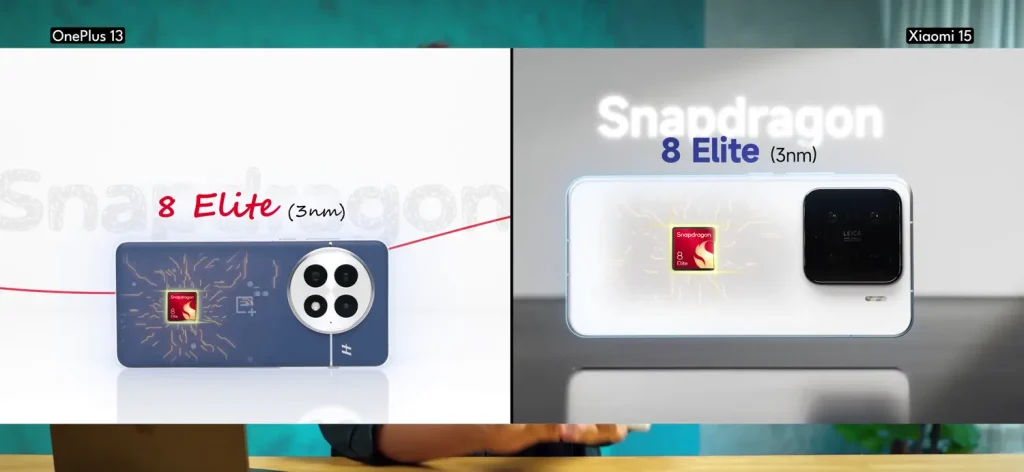
Both phones are powered by the Qualcomm Snapdragon 8 Elite processor, paired with LPDDR5X RAM and UFS 4.0 storage, making them top performers in 2025. The Xiaomi 15 comes with up to 12GB RAM and 512GB storage, while the OnePlus 13 offers up to 24GB RAM and 1TB storage for power users.
Benchmark Performance
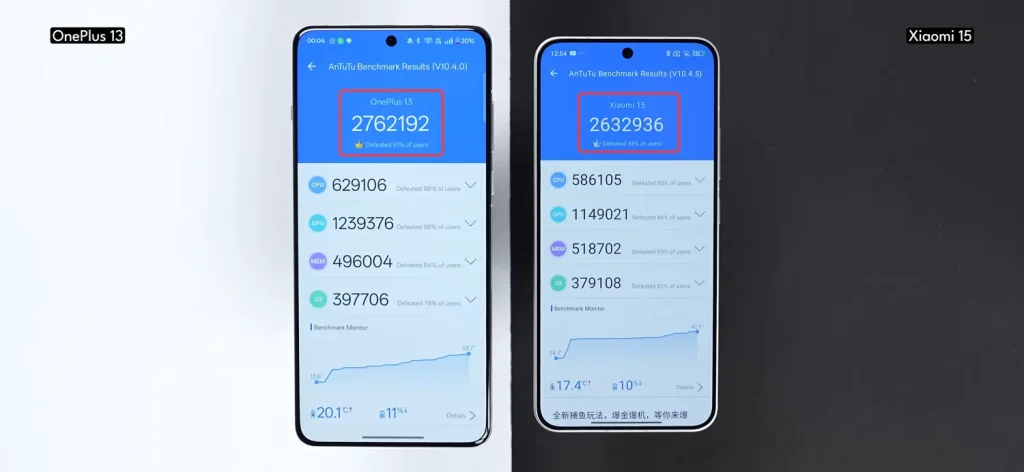
In benchmarks like AnTuTu and Geekbench, the OnePlus 13 scores slightly higher, indicating better raw performance. However, the Xiaomi 15 shines in CPU stability, throttling less during intensive tasks like the 30-minute CPU throttle test. For GPU stability, the OnePlus 13 has an edge, especially in ray-tracing tests like Solar Bay. During gaming, both phones deliver similar results, with titles like Genshin Impact running at around 60 FPS and temperatures staying under 40°C on the Xiaomi 15 and 45°C on the OnePlus 13.
Real-World Usage
Despite its compact size, the Xiaomi 15 is tuned conservatively to manage heat effectively, making it a reliable performer for gaming and multitasking. The OnePlus 13, with its larger chassis, handles heat slightly better during prolonged use. Both phones feel snappy in daily tasks, with no noticeable lag.
Performance Winner
The OnePlus 13 has a slight edge in raw power and GPU stability, but the Xiaomi 15’s CPU stability and compact design make it equally impressive. For most users, the difference won’t be noticeable in daily use, so it’s a tie.
Battery Life and Charging: Size Matters
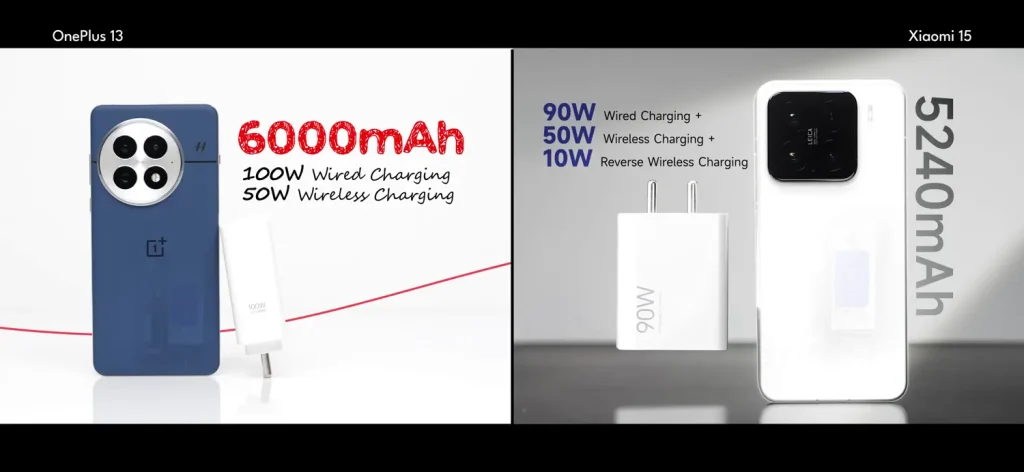
Xiaomi 15: Compact but Efficient
The Xiaomi 15 packs a 5,248mAh battery, which is impressive for its size. It delivers around 6 to 6.5 hours of screen-on time with mixed usage, including gaming, streaming, and social media. The 90W fast charging takes about 45 minutes to fully charge, which is decent but slower than the OnePlus 13.
OnePlus 13: Long-Lasting Powerhouse
The OnePlus 13 comes with a larger 6,000mAh silicon-carbon battery, offering up to 8 hours of SoT, making it ideal for heavy users. Its 100W fast charging is faster, taking just 36 minutes for a full charge. It also supports 50W wireless charging, a feature absent on the Xiaomi 15.
Battery Verdict
The OnePlus 13 wins with better battery life and faster charging, thanks to its larger capacity and higher wattage. However, the Xiaomi 15’s battery performance is commendable for a compact phone, and 6.5 hours of screen-on time is more than enough for most users.
Cameras: A Close Contest
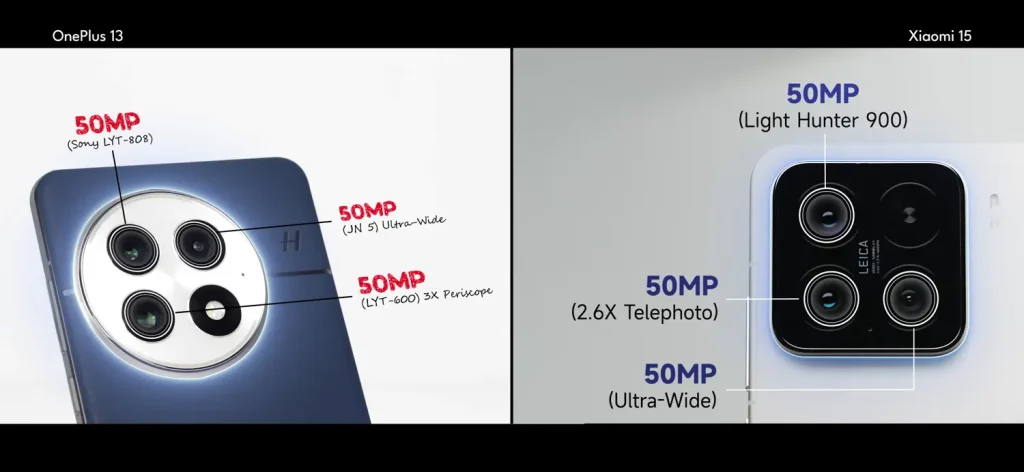
Both phones feature 50MP triple-camera setups, but their sensor sizes and tuning differ, leading to varied results.
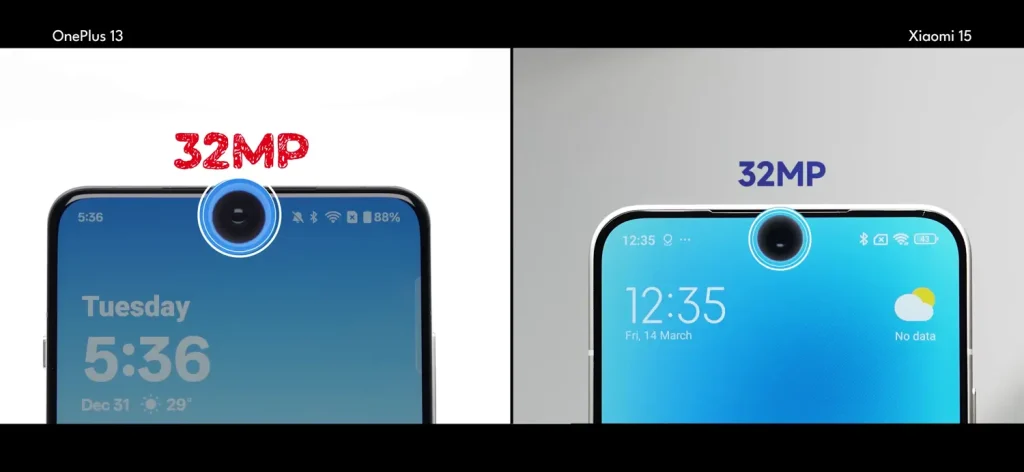
Xiaomi 15 Camera Setup
- Primary: 50MP (larger sensor, f/1.6, OIS)
- Telephoto: 50MP (2.6x optical zoom, larger sensor)
- Ultra-wide: 50MP
- Selfie: 32MP
The Xiaomi 15 excels in daylight shots, pulling in more details thanks to its larger primary sensor. At 2.6x zoom, its optical telephoto lens delivers sharp images, and it performs well at 5.2x in-sensor crop. AI-based upscaling at higher zoom levels (10x, 30x, 60x) looks natural and crisp. Low-light shots are detailed, with better shadow recovery compared to the OnePlus 13. The floating telephoto lens also enables excellent macro shots.
OnePlus 13 Camera Setup
- Primary: 50MP (Sony LYT-808, OIS)
- Telephoto: 50MP (3x periscope, OIS)
- Ultra-wide: 50MP (larger sensor)
- Selfie: 32MP
The OnePlus 13’s ultra-wide camera outperforms the Xiaomi 15, capturing more details and better HDR. Its 3x periscope lens shines at 6x in-sensor crop, and Hasselblad color science delivers neutral tones. However, low-light shots tend to crush shadows, and macro capabilities are weaker due to a longer focus distance.
Camera Performance
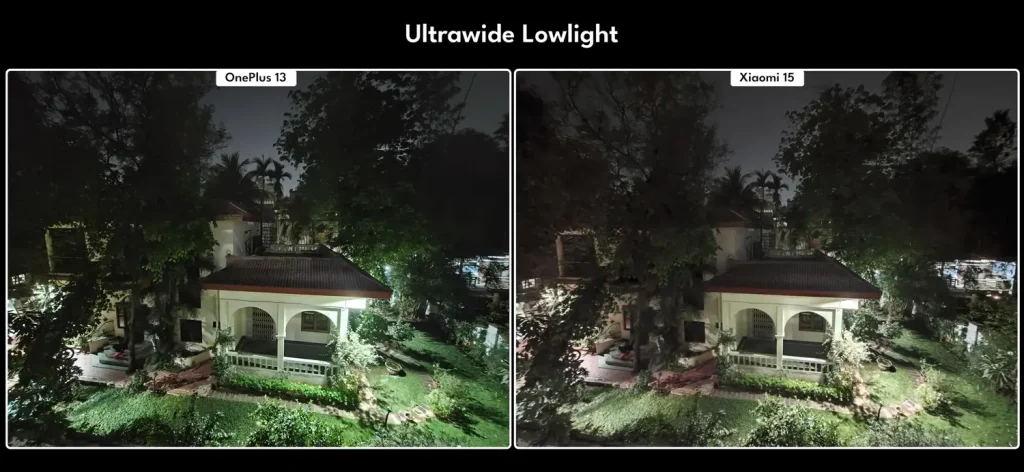
- Daylight: Xiaomi 15 captures more details with its primary and telephoto lenses.
- Ultra-wide: OnePlus 13 wins with a larger sensor and better HDR.
- Low-light: Xiaomi 15 pulls ahead with sharper, brighter shots.
- Selfies: OnePlus 13 offers better details, but Xiaomi 15 excels in low-light selfies.
- Video: Xiaomi 15 has a slight edge in Dolby Vision 4K 60fps videos due to higher bit rates, while OnePlus 13 is better for standard 4K 60fps videos with improved stabilization and sound.
Camera Verdict
Choosing a winner is tough. The Xiaomi 15 is better for primary and low-light photography, while the OnePlus 13 excels in ultra-wide shots and standard video recording. If macro shots and low-light performance matter to you, go for the Xiaomi 15. For ultra-wide and video enthusiasts, the OnePlus 13 is the better pick.
Software: HyperOS vs OxygenOS
Xiaomi 15: HyperOS 2.0
The Xiaomi 15 runs HyperOS 2.0 based on Android 15, with a promise of 4 years of OS updates and 6 years of security patches. HyperOS 2.0 is smooth, with parallel animations that rival OxygenOS. It offers AI features like AI writing, speech recognition, subtitles, and gallery tools (AI enhance, eraser, sky editor). However, the design feels slightly less cohesive compared to OxygenOS.
OnePlus 13: OxygenOS 15
The OnePlus 13 also runs Android 15 with OxygenOS 15, offering the same 4+6 years of updates. OxygenOS is known for its clean, cohesive design and smooth parallel animations. AI features include AI writer, notes assist, summary, and eraser tools. Unique additions like live activities (similar to Apple’s Dynamic Island) enhance the experience.
Software Verdict
OxygenOS feels more polished and cohesive, making it the preferred choice for many. However, HyperOS 2.0 is equally smooth and packed with useful AI features. If you value a clean design, go for the OnePlus 13; if AI tools excite you, the Xiaomi 15 won’t disappoint.
Specifications Table
| Feature | Xiaomi 15 | OnePlus 13 |
|---|---|---|
| Display | 6.36-inch AMOLED, 1.5K, 120Hz, 12-bit | 6.82-inch AMOLED, QHD+, 120Hz, 10-bit |
| Processor | Snapdragon 8 Elite | Snapdragon 8 Elite |
| RAM/Storage | 12GB/512GB | Up to 24GB/1TB |
| Battery | 5,248mAh, 90W wired | 6,000mAh, 100W wired, 50W wireless |
| Cameras (Rear) | 50MP main, 50MP 2.6x tele, 50MP ultra-wide | 50MP main, 50MP 3x tele, 50MP ultra-wide |
| Front Camera | 32MP | 32MP |
| Software | HyperOS 2.0 (Android 15) | OxygenOS 15 (Android 15) |
| Durability | IP68, Xiaomi Shield Glass 2.0 | IP69, Ceramic Guard |
| Price (12GB/512GB) | ₹60,000 (with discounts) | ₹65,000 |
Price and Value: Is It Worth It?
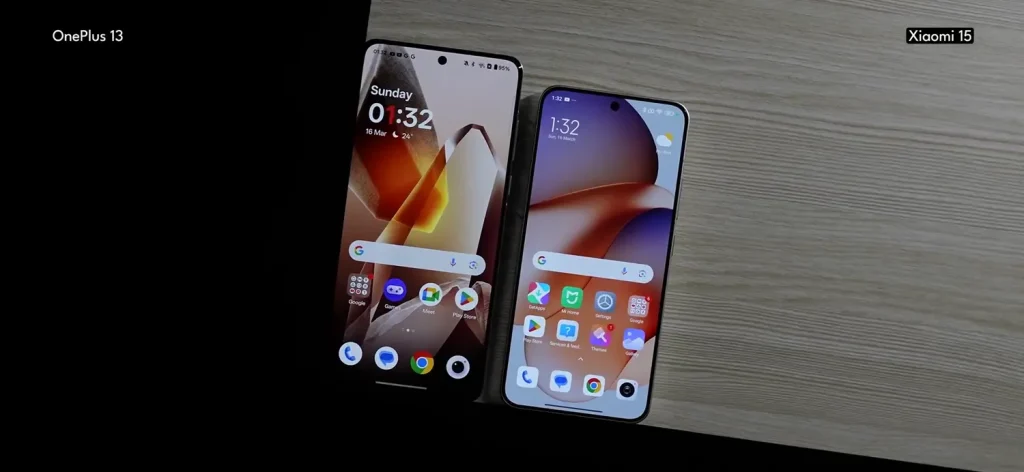
The Xiaomi 15 (12GB/512GB) is priced at ₹60,000 after discounts , which is ₹5,000 less than the OnePlus 13’s ₹65,000 for the same configuration. The Xiaomi 15’s lower price, compact design, and excellent camera performance make it a fantastic value-for-money option. It’s ideal for those who want a premium flagship experience in a smaller package.
The OnePlus 13, while slightly more expensive, offers a larger display, better battery life, faster charging, and a more polished software experience. It’s a great choice for users who prioritize media consumption, gaming, and long-term usability.
Should You Buy the Xiaomi 15?
- Buy it if: You want a compact flagship with a vibrant display, excellent low-light cameras, and good battery life for its size. The ₹60,000 price tag makes it a steal for premium features.
- Skip it if: You need a larger screen, longer battery life, or prefer OxygenOS’s design.
Should You Buy the OnePlus 13?
- Buy it if: You love big screens, want the best battery life, and prefer OxygenOS’s cohesive experience. The extra ₹5,000 gets you faster charging and a more durable build.
- Skip it if: You prefer compact phones or want the best low-light camera performance.
Final Verdict: Which One Should You Pick?
Choosing between the Xiaomi 15 and OnePlus 13 is tough because both are exceptional in their own ways. The Xiaomi 15 is a compact powerhouse with a stunning display, great cameras, and a lower price, making it perfect for those who value portability and value for money. The OnePlus 13, with its larger display, longer battery life, and polished software, is ideal for power users who want a big, reliable flagship.
If you’re still confused, ask yourself: Do you want a small, cute phone that doesn’t compromise on performance, or a larger device with extra battery life and a premium design? Let us know your pick in the comments—we’d love to hear your thoughts!
